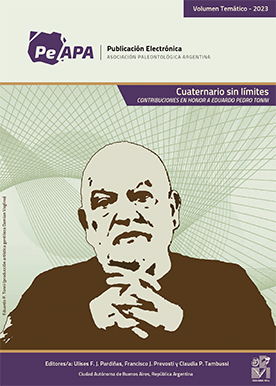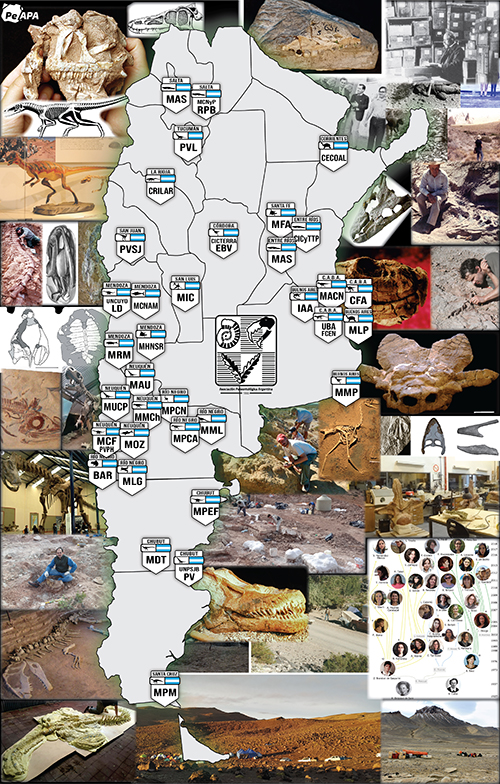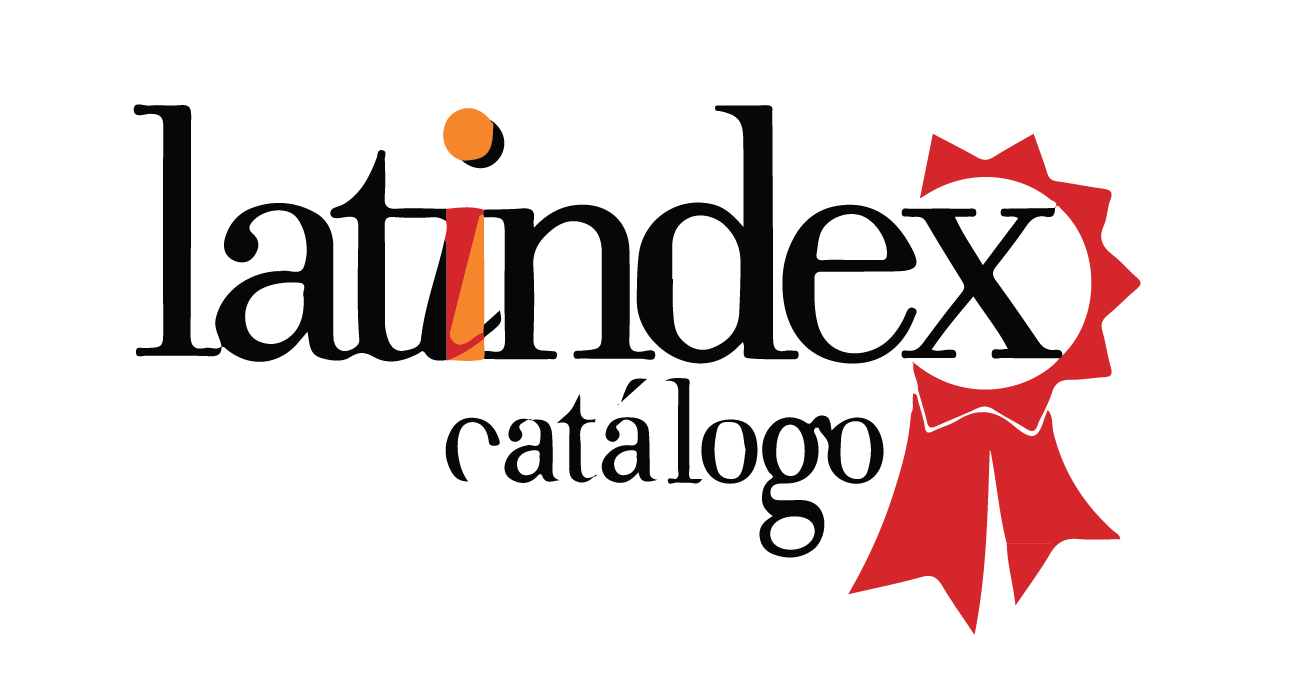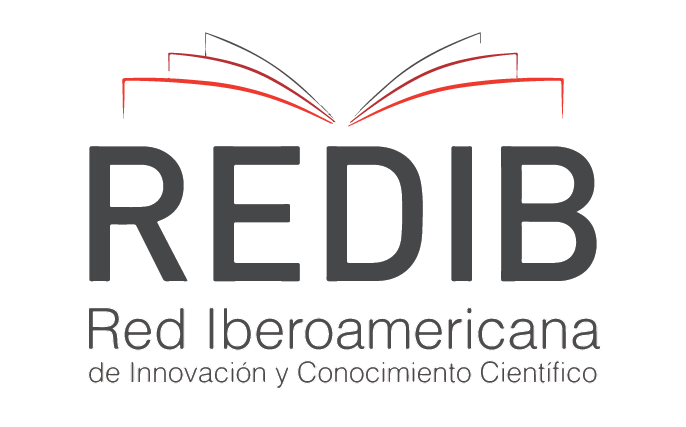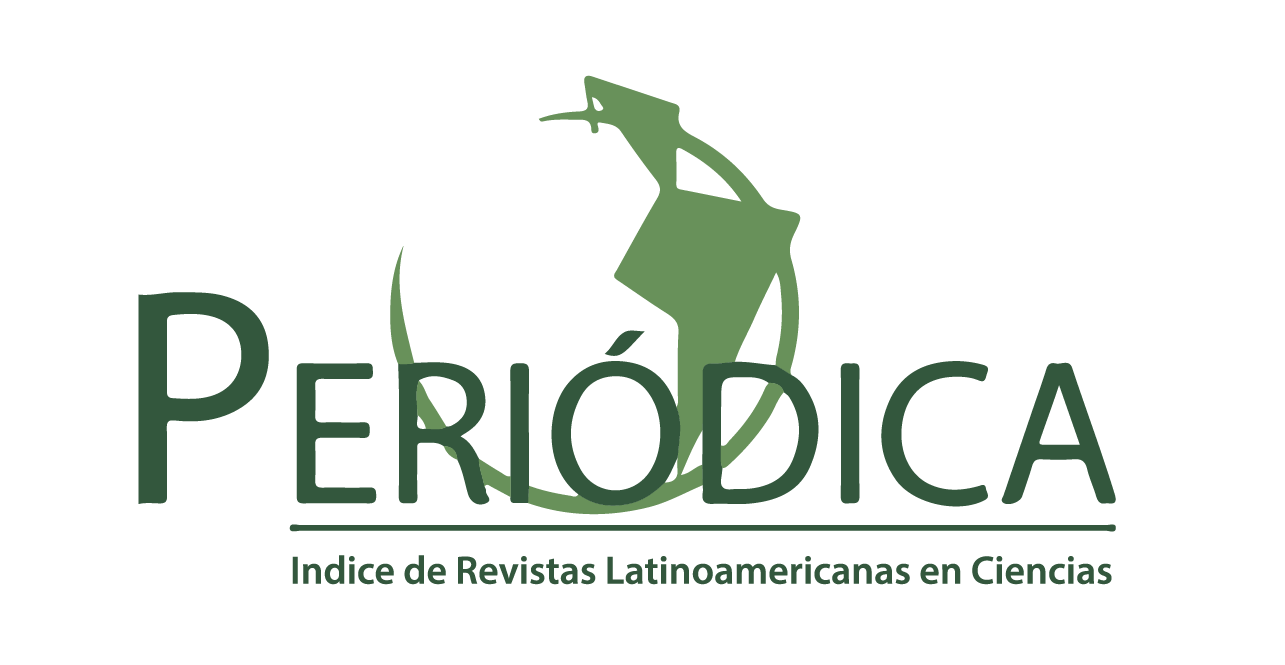FLORA Y PALEOCLIMA DE LA FORMACIÓN LA MESETA (EOCENO MEDIO), ISLA MARAMBIO (SEYMOUR), ANTÁRTIDA
Abstract
New elements of the La Meseta Formation megaflora are described. This unit crops out on the northern third of Marambio (Seymour) Island, Antarctica. Fossil leaves were collected from the middle part of this formation, dated as middle Eocene. Although the fossils are not well preserved, we identified elements assignable to the following families: Nothofagaceae (at least 3 species), Dilleniaceae, Myricaceae, Myrtaceae, and Lauraceae. However, it was impossible to identify some of the fossils, although all could be recognized as dicotyledonous angiosperms. A palaeoclimatic interpretation based on physiognomic analysis (independent of the taxonomy of the elements) indicates temperate to cool temperate and seasonably moist climate for this formation. This interpretation reinforces the existence of a latitudinal gradient between the Antarctic Peninsula and South America and their progressive migration towards the north as consequence of climatic deterioration during the Eocene-Oligocene.
KEY WORDS. Megaflora. Palaeoclimate. La Meseta Formation. Marambio Island. Antarctica. Middle Eocene.
Downloads
Published
Issue
Section
License

Authors retain copyright and grant the journal right of first publication with the work simultaneously licensed under a CC Attribution-NonCommercial 4.0 that allows others to share the work with an acknowledgement of the work's authorship and initial publication in this journal.







